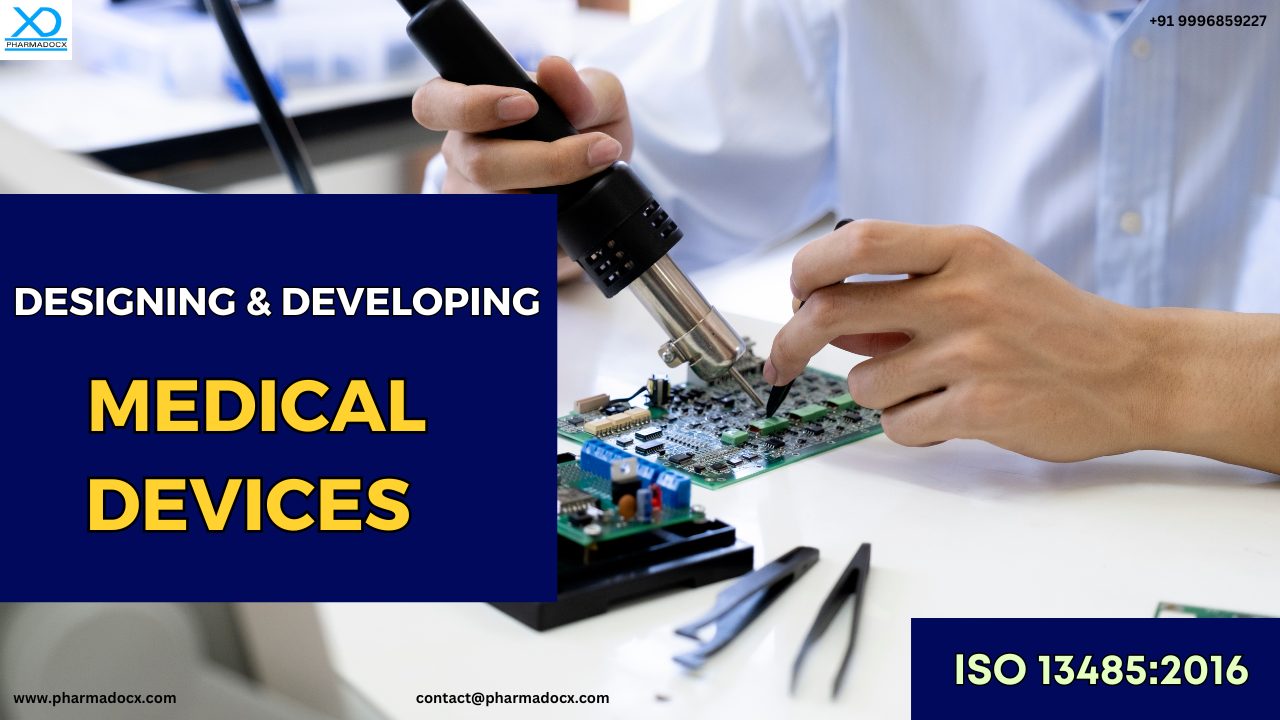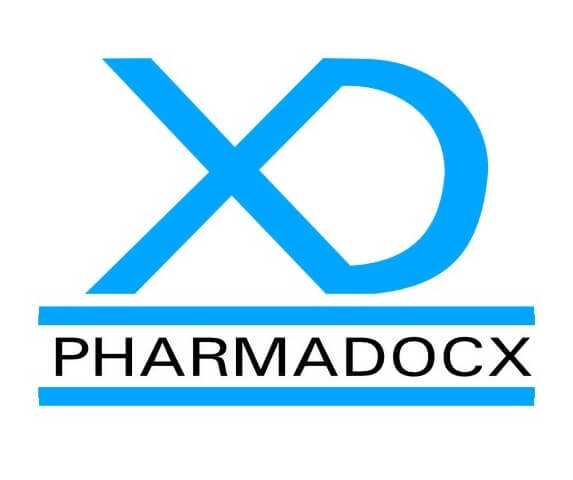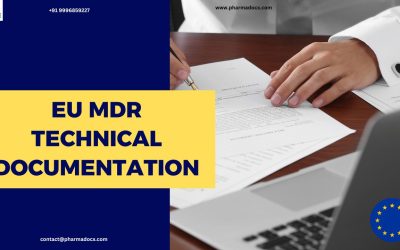Regulatory compliance and following international industry standards are vital for medical device production. Unlike other industries, designing and developing medical devices is a complex process because of regulatory demands. Any failure to meet regulatory design requirements can prevent the medical device from entering the market. Moreover, patient safety and improved patient outcome have to be given special emphasis. Flaws in the medical device design and production process can be hazardous for patients. This will damage the reputation of the medical device manufacturing company. Hence, while designing, developing, and manufacturing medical devices, it is highly recommended to follow ISO 13485:2016 standards. This ensures regulatory compliance and improves market access. Furthermore, when applying for CDSCO medical device manufacturing license, manufacturers with ISO 13485:2016-compliant QMS have an added advantage. In this blog, we have discussed the key process and parameters for medical device design and development as per ISO 13485:2016.
What is ISO 13485:2016?
ISO 13485 is a globally recognized quality management benchmark for manufacturing high quality and safe medical devices. This internationally recognized standard has been developed for entities working on the design, production, installation, and servicing of medical devices. Furthermore, ISO 13485 provides a framework for meeting regulatory requirements. Moreover, this quality management standard has provisions for the varying risk levels of different medical devices. The aim of this standard is to ensure medical devices being manufactured consistently meet customer expectations and relevant regulatory standards.
The ISO 13485 standard was first published in 1996. It has been revised in 2003 and then in 2016. The current version is ISO 13485:2016 that came into effect in March 2016.
Therefore, the ISO 13485:2016 provides requirements for the quality management system (QMS) for medical device companies. These companies can be involved in one or more stages of the medical device’s life-cycle. Medical device design and development, production, storage and distribution, and installation as well as servicing are covered by ISO 13485:2016. Hence, all activities and services associated with medical devices are covered by ISO 13485:2016 standards.
Importance of a robust quality management system in medical device design and development and production
A robust quality management system ensures that every step in medical device design and development, production, and distribution is monitored. An effective and well-implemented quality management system forms the backbone of consistent medical device quality and safety. Furthermore, the ISO 13485:2016 provides a structured and systematic approach for establishing a QMS that meets global standards. This increases the credibility of the medical devices being manufactured.
Medical device design and development as per ISO 13485:2016 standards for ensuring regulatory compliance
A robust quality management system (QMS) forms the core of ISO 13485:2016. Additionally, the standard outlines the unique roles and responsibilities of the management with respect to QMS implementation and maintenance. Furthermore, as per the guidelines, the organisation is required to ensure the conformity and maintain the effectiveness of the QMS. Additionally, it is required to demonstrate the conformity of the devices with the set quality benchmarks. Also, the standard provides guidelines for the necessary documentation needed to implement and maintain an effective QMS.
Thus, ISO 13485:2016 standard provides a structured framework for medical device design and development as well as production. The focus of the standard is to help medical device companies consistently manufacture high quality, safe, and effective medical devices. By following the provided guidelines, companies can prevent design flaws, ensure regulatory compliance, and manufacture high-quality medical devices that meet market and patient expectations. Thus, following the guidelines set by the standards are critical for the success of medical device manufacturers. The medical device production lifecycle, from design and development to market entry and distribution, will be per internationally accepted standards. This will improve the credibility of the medical device company and the marketability of the products. Hence, the robust framework provided in the ISO 13485:2016 will help ensure compliance with regulatory guidelines, safeguard product quality, and meet customer expectations.
10 key parameters for medical device design and development as per ISO 13485:2016.
We have listed some of the key requirements for medical device design and development according to ISO 13485:2016 standard guidelines.
- Proper planning of the design and development process: This is the most vital phase of medical device design and development, as it decides the next course of action in medical device production. Design and development process planning needs special attention. Goals and objectives are defined in this phase. Additionally, timelines are set, resources are allocated, and tasks are scheduled and assigned. Moreover, effective planning of design and development process helps prevent unnecessary delays and ensures effective risk management.
- Design and development inputs: High-quality inputs is vital for producing a successful medical device design. This is because the quality of inputs determines the quality of outputs. Intended use, usability, customer requirements, physical attributes, safety factors, risk controls, regulatory standards all form parts of design inputs.
- Design and development outputs: Specifications for raw materials, device components, and the final medical device form a part of design outputs. Additionally, design outputs also include the manufacturing process guidelines, quality assurance procedures, and regulatory documentation process.
- Review of the medical device design: Design reviews are carried outto evaluate whether the design meets the product requirements and addresses safety concerns. Additionally, the product should be compatible with the manufacturing facility capabilities. Design review meetings should be properly documented. Basically, design reviews are aimed at addressing manufacturing and customer concerns.
- Verification of the medical device design: Verification of the medical device design is a mandatory step in the ISO 13485:2016 medical device design process. Common methods used for verification of design are testing, calculations, inspections, and document reviews. Notably, verification ensures the design outputs meet the specified input requirements.
- Validation of the medical device design: Post verification, medical device design validation is carried out. The device is tested in simulated conditions and the tests are performed on the initial production lot. The validation process ensures the medical device meets end-user requirements. Proper documentation of design validation is vital for regulatory compliance.
- Control of changes in design: Changes in the medical device design may be required at any stage of the design and development process. However, these changes have to be controlled through a documented process. The medical device design changes should be reviewed, verified, validated, and approved prior to being implemented.
- Transfer of design to medical device manufacturer: The design has to be successfully translated into production of medical devices. It is important to ensure the medical manufacturer follows the design and manufacturing guidelines. The transition from the design and development process to the manufacturing process should be well documented.
- Proper documentation of the medical device design and development procedure: The phases of medical device design and development need to be properly documented. The roles and responsibilities of different personnel and approving authorities need to be properly defined. Moreover, this will also make the design and development phase as well as manufacturing process well-organized. Furthermore, documented proof is a requirement for evidencing regulatory compliance.
- Maintaining correct and updated files for the design and development process: A well-documented design history file is required to demonstrate the medical device design has been verified and validated. The comprehensive design and development file should mention records of conformity, reviews, verifications, and validations. Additionally, any changes made during the design and development process should also be recorded. Moreover, these files should be maintained for each device.
Pharmadocx Consultants: Your trusted regulatory support
With the need for compliance with various regulations and industry standards, medical device design and development can be tricky. The medical devices manufactured have to be regulatory compliant and market ready. Navigating through the guidelines and regulatory requirements can be a daunting task. However, with the help of our team of experts, this process can be a cake walk. We have extensive knowledge in the medical device regulatory requirements and industry standards. Drop an email at [email protected] or call/Whatsapp on 9996859227 to avail our services. We will leverage our expertise to ensure you have a smooth regulatory journey.





